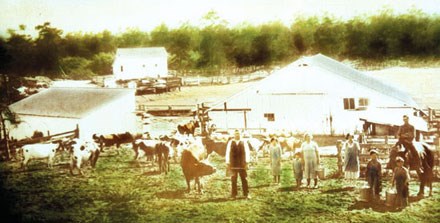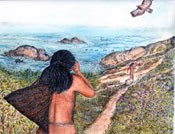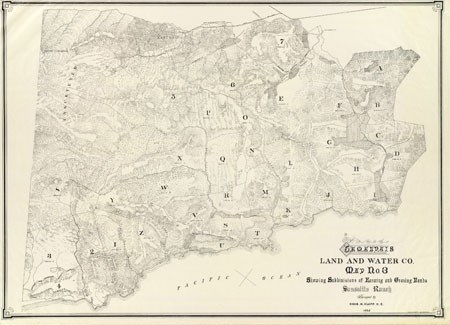
PARC, NPS The first users of the Marin Headlands were the native Americans, who hunted and gathered on the abundant land. By the 19th century, Europeans divided the land into dozens of successful dairy farms. When development encroached in the mid-20th century, active citizens worked tirelessly to protect the land as a new urban national park. 
illustration courtesy of Linda Yamani The Coast Miwok, who lived in the Marin area for over 7,000 years, were tideland hunters and gathers who lived primarily off fish, nuts, berries and game. They lived in conical houses in hamlets located along the bays. 
PARC, NPS After Mexico gained independence from Spain in 1822, the government transferred the mission land to private owners through land grants. William Antonio Richardson was granted a 20,000 acre ranch named Rancho Sausalito. During Richardson’s ownership, Rancho Sausalito (later southern Marin County) remained largely rural and undeveloped. 
PARC, NPS By the late 19th century and early 20th century, San Franciscians started to enjoy Marin County for its exceptional beauty and recreational opportunities. In 1889, the Tamalpais Land & Water Co. took over Throckmorten’s land and the company subdivided the vast land holdings to create small towns, like Mill Valley. As part of the harbor defenses of San Francisco, the U.S. Army purchased a significant amount of the dairy farming land to establish Fort Baker, Fort Barry and later Fort Cronkhite. |
Last updated: January 4, 2016
